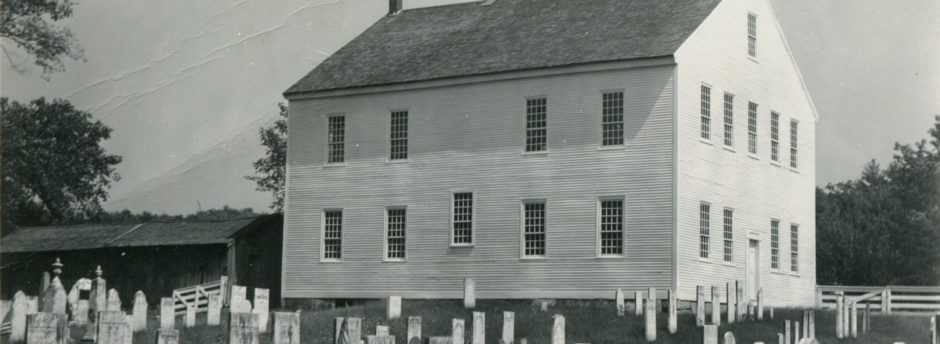Though the Blackwater Dam Project essentially destroyed the vibrant town of Webster, it was considered part of the solution to control flooding downstream.
Quotes from these two USGS Reports:
The Floods of March 1936 (485 pages)
Hurricane Floods of September 1938 (595 pages)
1936 Floods
Extraordinary floods occurred during March 1936 in the north Atlantic slope drainage basins from the Kennebec River Basin in Maine to the James River Basin In Virginia, also in the upper Ohio River Basin in Pennsylvania and in some parts of the St. Lawrence River Basin in New York and Vermont. The loss of life and property damage caused by these floods constituted a major catastrophe. Between 150 and 200 lives were lost, and damage amounting to hundreds of millions of dollars was inflicted upon many cities and towns, railroads, highways, and other improvements. Many bridges were seriously damaged or washed away, and normal transportation was seriously disrupted and impeded. Erosion and deposition of debris also caused much damage.
The stages and discharges of these great floods were notable, not only because they equaled or exceeded those of all previously recorded floods in many of the river basins but also because the floods occurred simultaneously over an extent of area that was unprecedented in the records or traditions of floods of the region, covering many years and even centuries. In each of the following primary drainage basins the flood discharges of the main river and most of the tributaries closely approached or exceeded, some of them by large amounts, any records of floods previously known in those areas: Kennebec River, Thames River, Susquehanna River, Androscoggin River, Connecticut River, Potomac River, Saco River, Housatonic River, James River, Merrimack River, Delaware River, Tipper Ohio River.
1938 Hurricane
During the brief interval of 6 hours on September 21, 1938, a West Indian hurricane passed over Long Island and New England. The hurricane as it struck New England was the climax of a 4-day period of rainfall which in itself was of outstanding amount and character and which produced river stages that inundated and damaged nearly everything on the river flood plains. When measured by the appalling loss of life and property by the combined forces of the hurricane winds and the associated ocean storm waves and river floods, these events constituted the greatest catastrophe in New England since its settlement by the white man.
Although the river floods were generally contemporary with the hurricane, their magnitude was a result of the rainfall which began with light showers’ during the afternoon of September 17 and which continued with but little interruption and with generally increasing intensity until late afternoon of September 21, when it ended abruptly with the passing of the hurricane. Total precipitation exceeded 17 inches locally and averaged 11.5 inches over an area of 10,000 square miles in the central storm area.
For more information, see this Wikipedia page:
1938 New England hurricane
